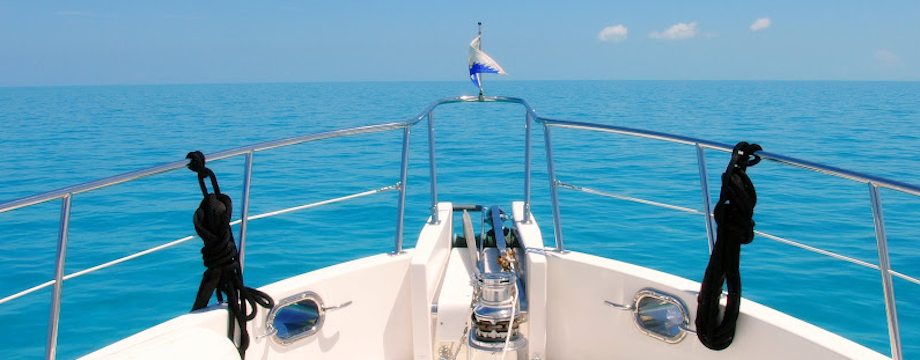A short while ago I posted a longish (by my standards) post on the importance of awareness.
To follow this up, what do we do with our new awareness skill?
As we discussed near and far range awareness, let’s discuss far range first.
The further out we detect possible threats, the earlier we can prepare for action and also allow more time for a thorough evaluation of the situation. Sounds like common sense, but if the watch is asleep, there will be no detection until the threat is upon you.
Use the navigation aids (radar, FLIR, binoculars, etc.) to your advantage. Be aware of the periods you are most tired/fatigued, and pay special attention to those times. Utilizing FLIR is a great idea, but be aware of the limitations of the equipment. Where are the blind spots created by the vessels physical layout? What are the capabilities of your radar? How effective are you at interpreting the images?
The vessel’s lighting can play into the picture here – do you run at night with all lights on, attracting attention, or slip by quietly in the night? Do you protect yourself with a cone of light at anchor/pierside? While it may provide some protection in spotlighting a close in predator – it may mask your own night vision and hamper your ability to visually spot trouble before it reaches you.
AIS can also play a role in identifying friendly vessels, and also can be used to target vessels (only the rich and powerful yachtsmen have these expensive items, right?).
One of the best methods of far range awareness is communications – call ahead to trusted cruisers in the area, who can provide vital information to you before you are even within sight of your destination.
Once you have identified the threat at a distance, communications becomes a concern – does the other vessel acknowledge your request to talk? If not, it may be she doesn’t speak English, have a radio, or is ignoring you on purpose. All are things to consider. If you change course, does the other vessel alter course to shadow/close on you? Or do they continue on their original course?
One thing not to do is open up with rifle fire on a vessel without identifying it as an actual threat – which at a far range (beyond 1 mile, for our purposes here) – virtually all other vessels are not a threat (except for military and law enforcement). Typical pirate weaponry (as used against yachties) is generally ineffective at ranges further than 500 meters – not too many thugs in fishing boats with .50 calibers running around, thank goodness.
Ok, longwinded, I know – just lots to ponder.


